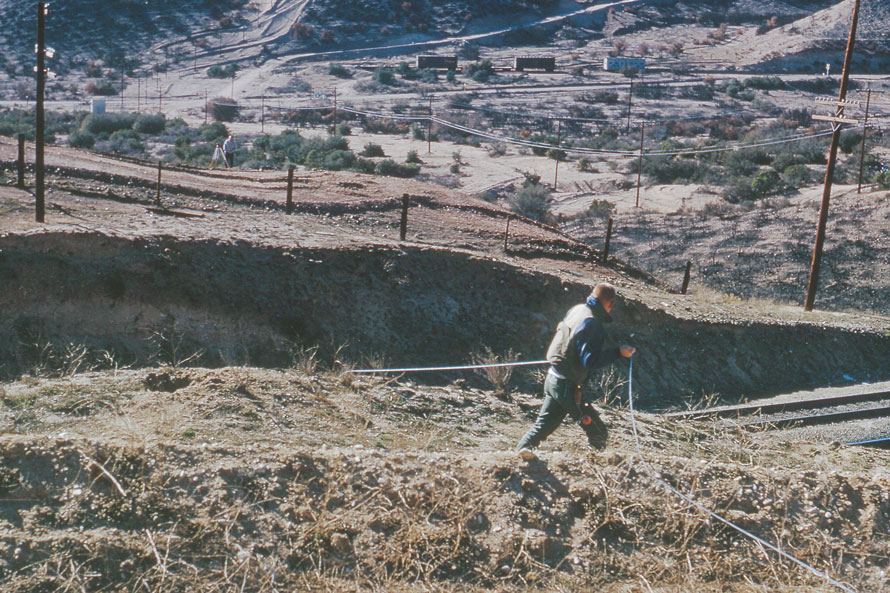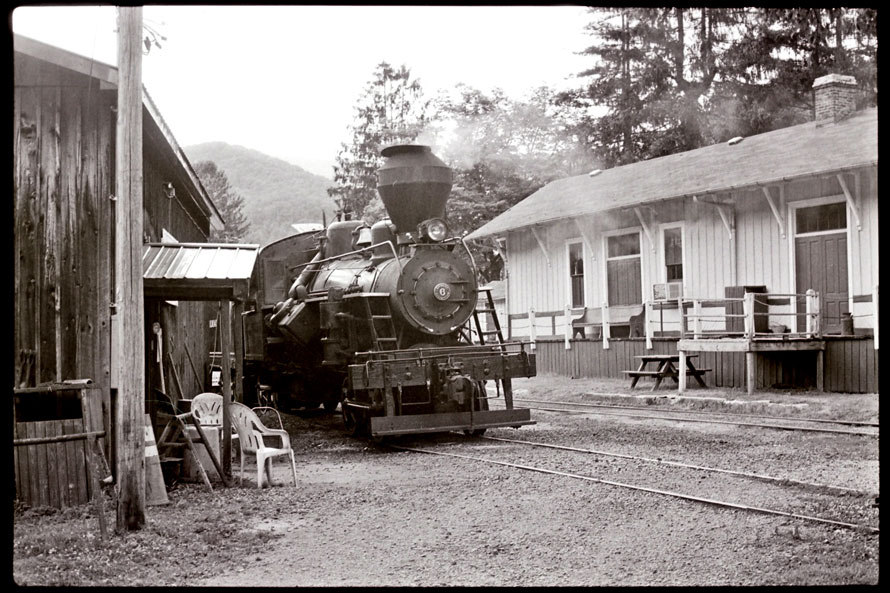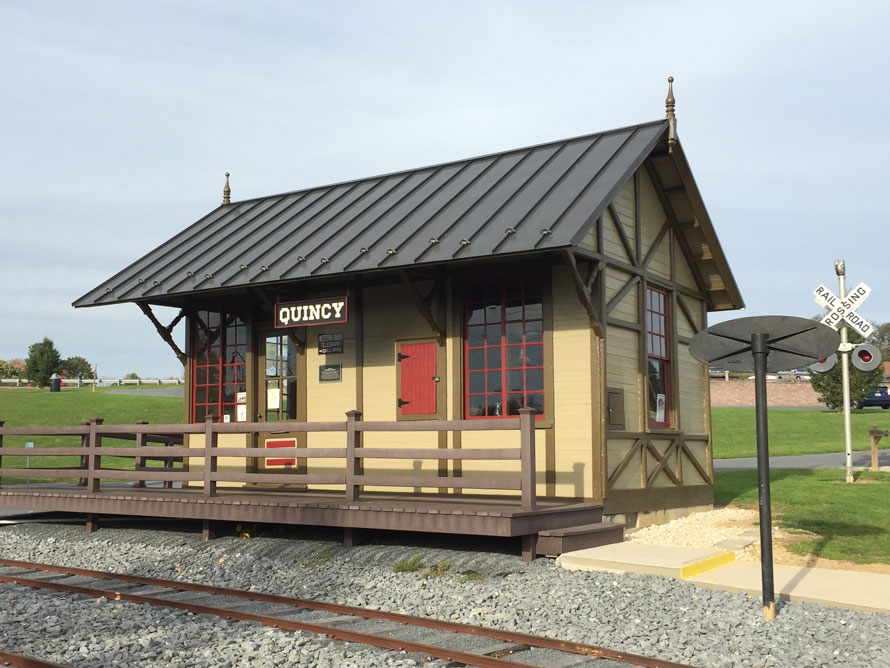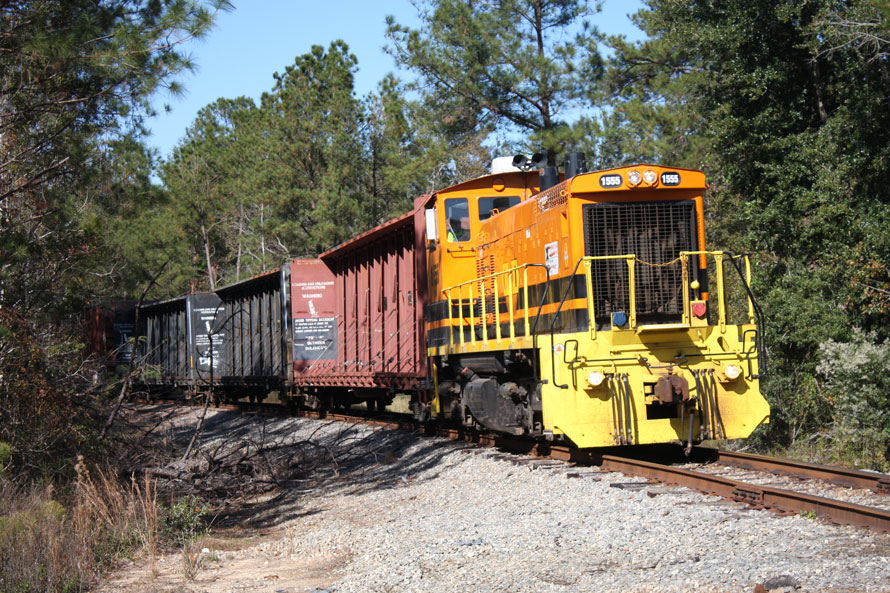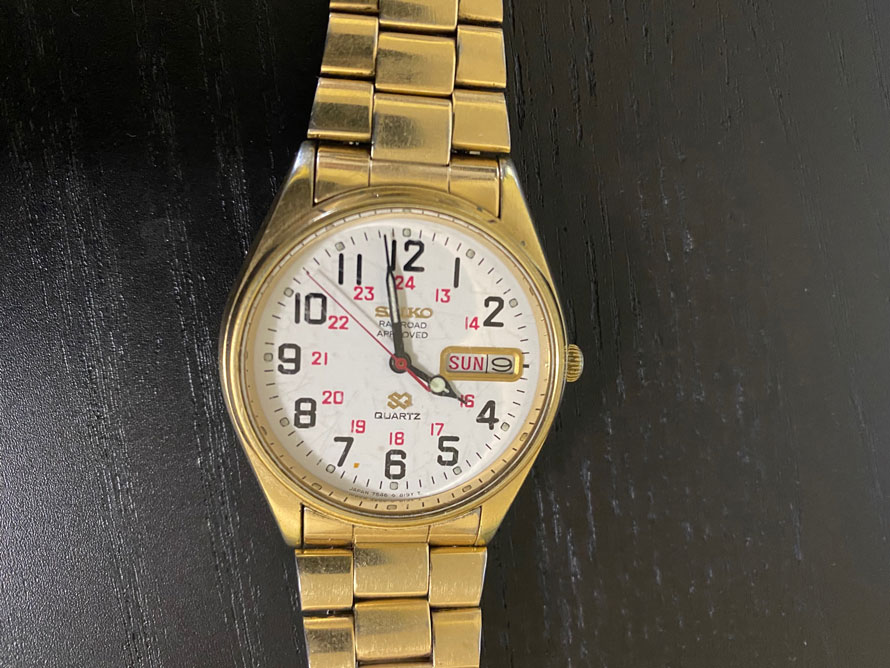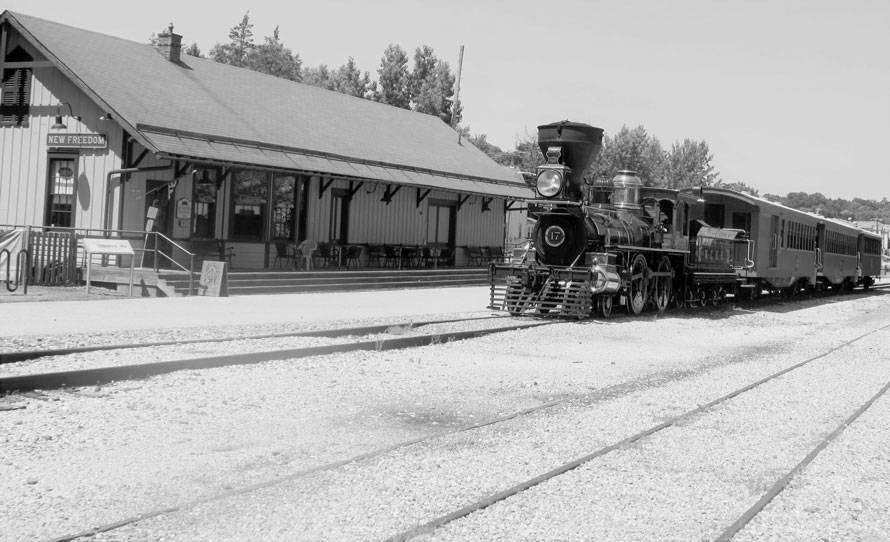
In December of 1854, the Northern Central Railway was formed by a merger of numerous rail companies. The rail line connected the city of Baltimore, Maryland, with the city of Harrisburg, the capital of Pennsylvania, and it connected numerous small towns in between. The line was later taken over by the Pennsylvania Railroad. During its time, many towns were formed. Abraham Lincoln rode along this rail line numerous times. He first rode this line when he was on his way to Washington D.C. to take up residence in the White House to serve the nation as the President of the United States of America. While on his way to Washington D.C., the railroad thwarted the first assassination attempt which was supposed to take place at a station in Baltimore. He went along this line to connect to a train at a place called Hanover Junction while on his way to a Pennsylvania town called Gettysburg. Why was he going to Gettysburg? Months before, a battle of the American Civil War that was the turning point of the war, known as the ‘Battle of Gettysburg’, took place. He went to the cemetery to honor those who lost their lives fighting for freedom with ‘The Gettysburg Address’.
His last ride was when his casket was on its way to his final resting place in Springfield, Illinois. Throughout the years, the line changed ownership, but the trains kept rolling on.
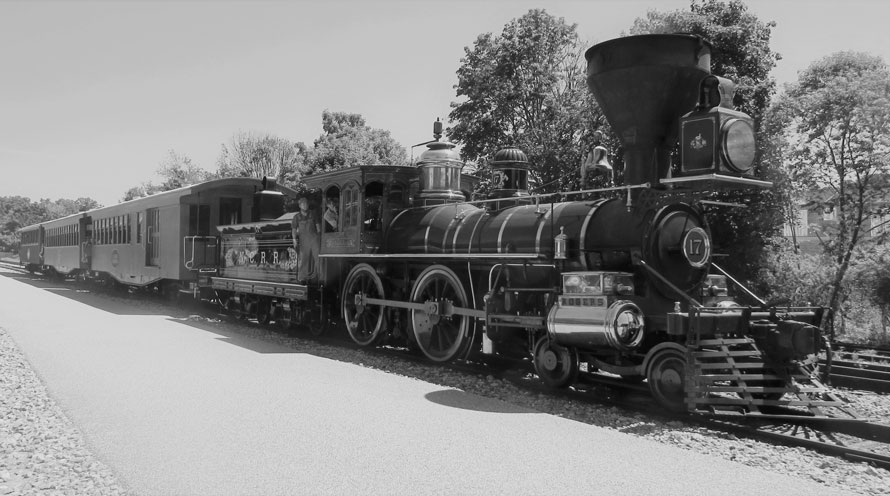
Until 1972
Hurricanes Agnes struck the United States of America in the early Summer of 1972 making landfall in Panama City, Florida. The hurricane made its way to the Mid-Atlantic region causing much damage. The tracks that were the Northern Central Railway in the U.S. state of Maryland were destroyed. Penn Central Railroad, the last owner of the rail line, decided to abandon the line between Baltimore, Maryland and York, Pennsylvania. The Northern Central Railway was gone forever.
Not exactly . . .
In Maryland, the tracks were taken up, and it is now the Northern Central Rail Trail except for a stretch of track that is part of the Light Rail Transit System for Baltimore.

What happened in Pennsylvania?
The two-track line (became double-track during World War I) became a single track leaving the one track to remain with the York County Heritage Trail, the northern continuation of the Northern Central Rail Trail, running alongside the rail line. For many years, no trains ran along this line despite that it was still an active rail line.
That changed in 2011 . . .
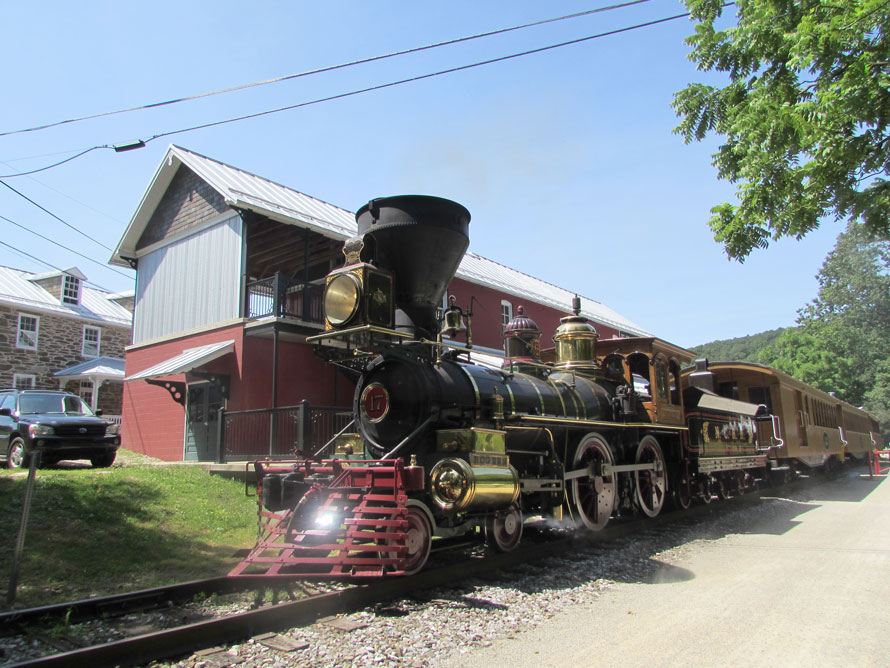
‘Steam Into History’ began train excursions with a newly built steam locomotive pulling newly built old time passenger cars giving passengers a one of a kind passenger experience. Many have come from across the United States of America and around the world to ride this train. The Number 17 William Simpson York locomotive pulled passengers from its south terminus in the town of New Freedom, Pennsylvania through the towns of Railroad, Glen Rock, and Hanover Junction, the same place where Abraham Lincoln changed trains while on his way to Gettysburg. Sadly, only a short section of this track remains.
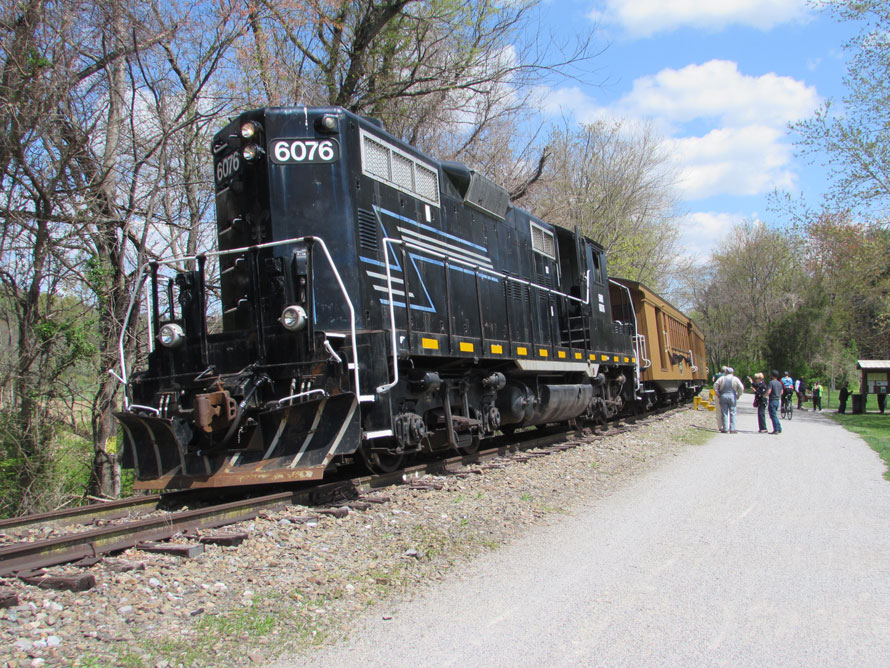
Today, ‘Steam Into History’ has been rebranded as the Northern Central Railway, and it continues to take passengers along the same route pulled by Number 17 but by a diesel locomotive, and you can now ride to the town of Seven Valleys. The Northern Central Railway is making a comeback, and they are looking to make its way to York.
The Northern Central Railway is at 2 W. Main Street in New Freedom, Pennsylvania. You can learn more about the excursions and buy tickets at https://www.northerncentralrailway.com/.
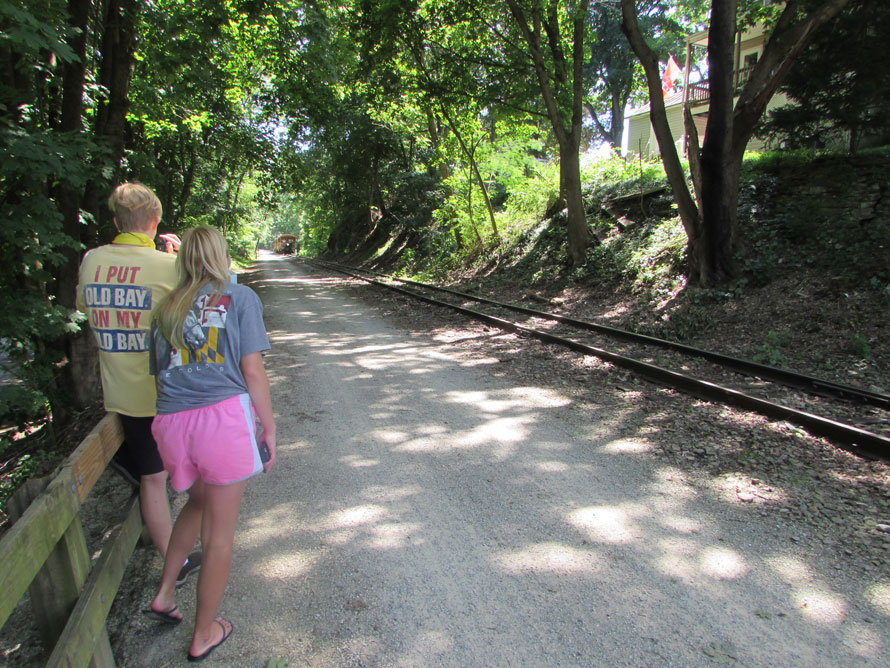
It may be not be ‘Steam Into History’ anymore, but the return on the Northern Central Railway will keep the history moving on.
John Cowgill – Photographs and text Copyright 20201
